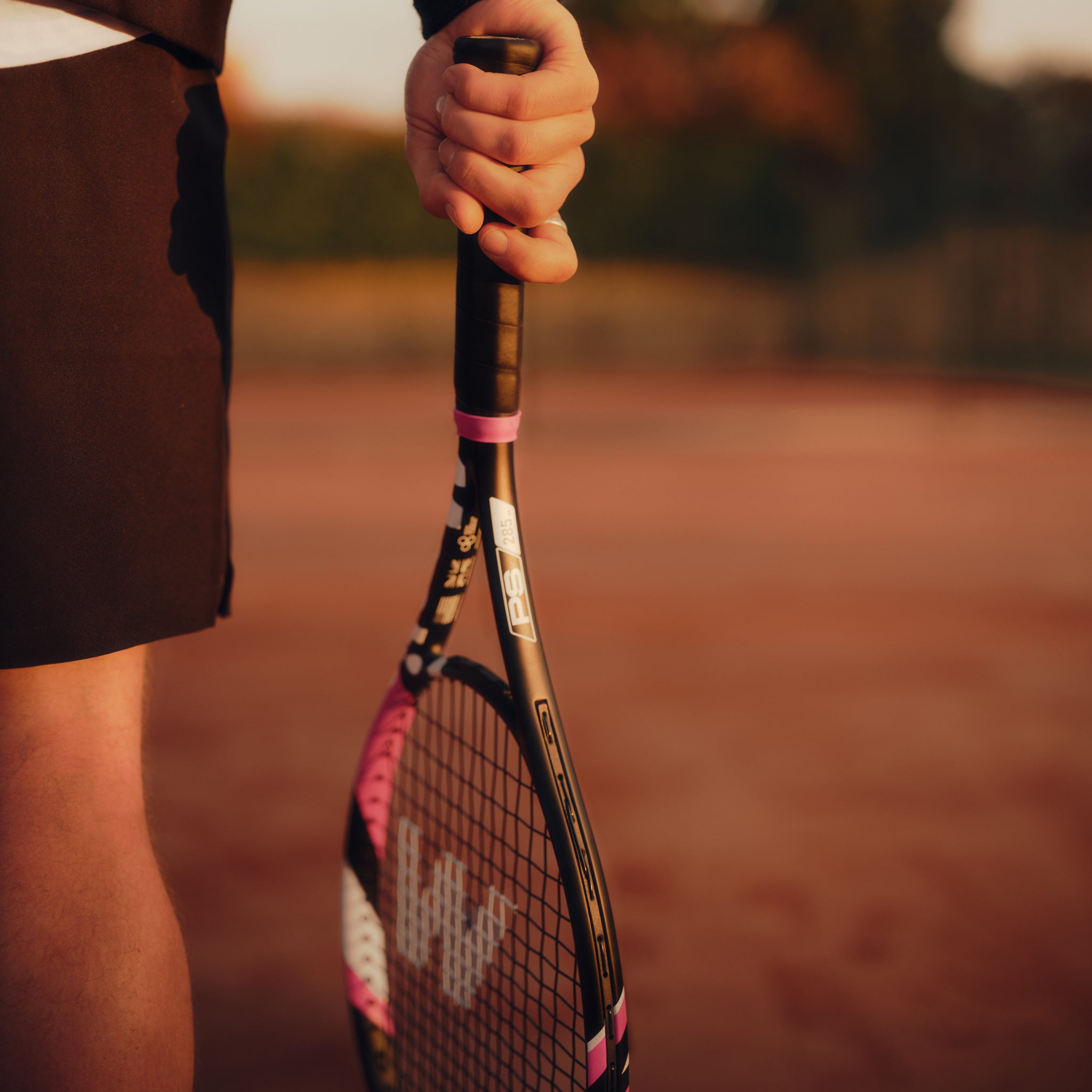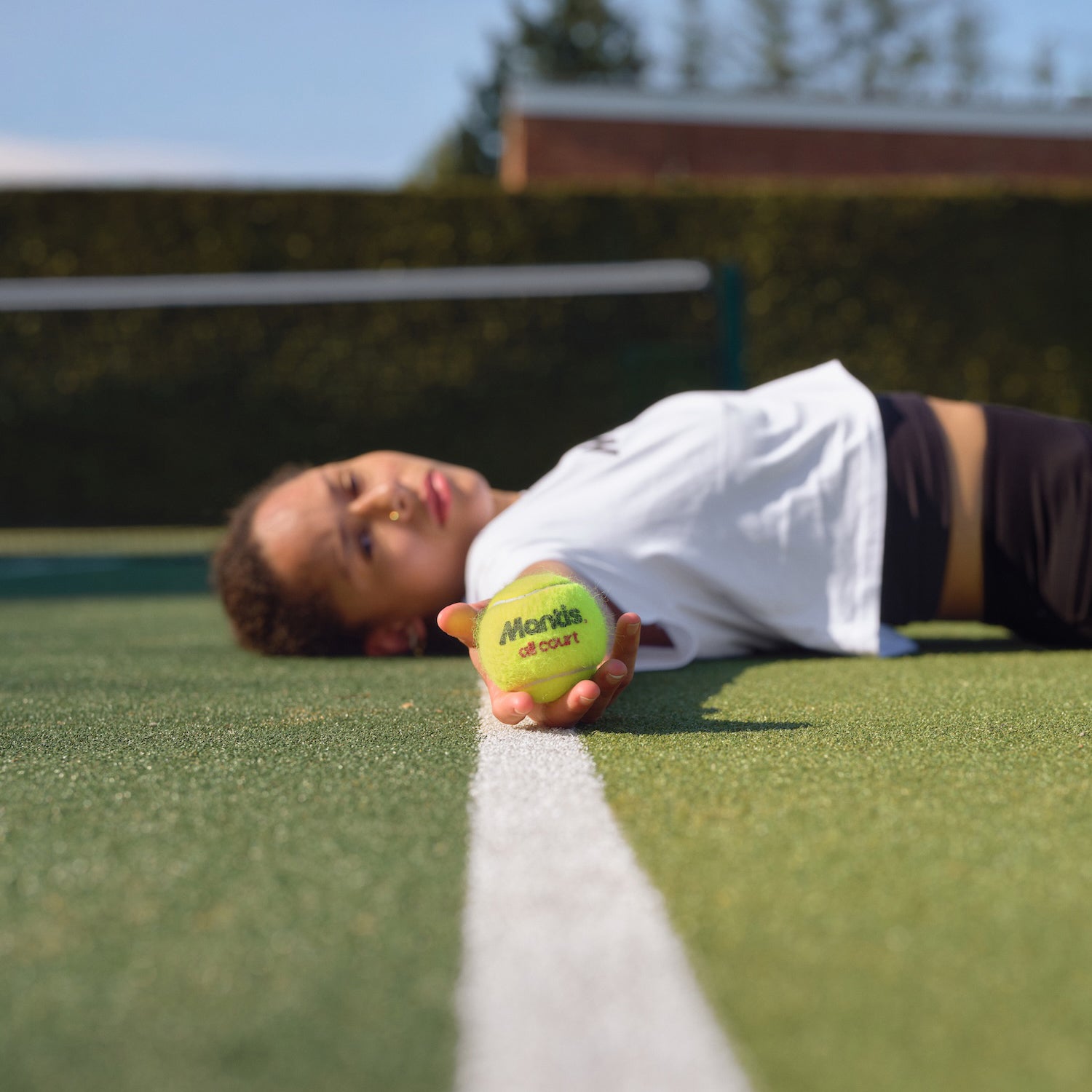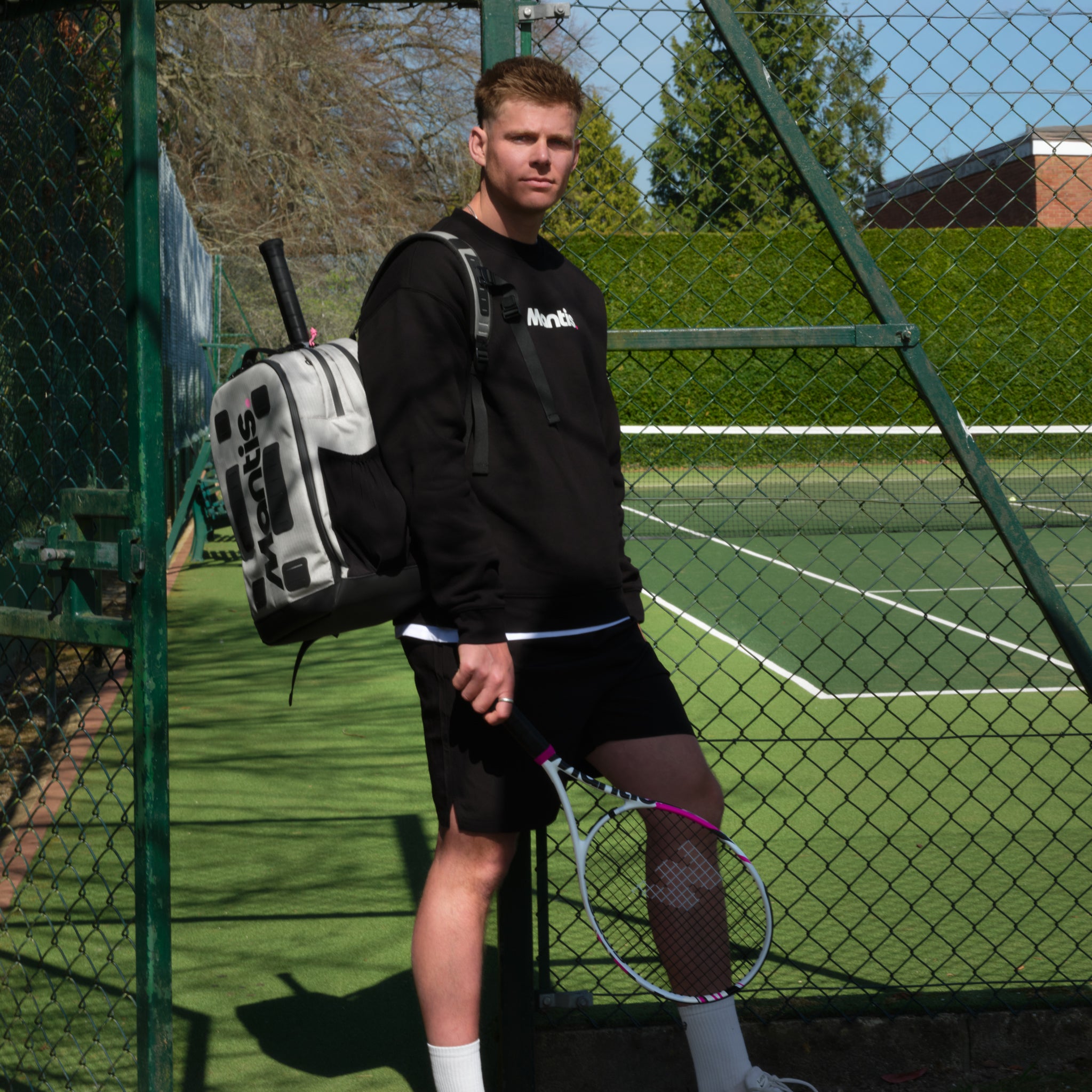
Tennis, often seen as a game of individual brilliance and strategic finesse, is also a sport deeply affected by its environment—none more so than the court beneath the players’ feet. While most tennis today is played on hard courts, the origins of the sport trace back to manicured lawns of the English aristocracy. In this piece, we explore why grass courts are fundamentally different from other tennis surfaces, how we transitioned to synthetic alternatives, and what this shift away from grass court tennis says about sport, sustainability, and surface science.
The Three Major Tennis Surfaces: A Brief History
1. Grass Court Tennis: The Original Lawn Tennis
Tennis began on grass. The modern game, often attributed to Major Walter Clopton Wingfield in 1873, was played on croquet lawns in England. Wimbledon, the oldest and arguably most prestigious tournament, has always been played on grass since its inception in 1877. These lush, green surfaces were once ubiquitous in the UK, Australia, and even parts of the US.
But grass presented a double-edged sword: while it was fast and elegant, it was also high-maintenance. Playability could fluctuate due to wear, weather, and mowing patterns. Matches often became slippery when damp and uneven when worn—especially as rallies grew longer and modern footwear exerted greater stress on the turf.
2. Clay Courts: The European Solution
Clay courts were introduced in the late 19th century as a practical response to grass deterioration. In southern France, the Renshaw brothers spread crushed brick over grass to keep the surface from drying out. Clay offered slower ball speeds and higher bounce, favoring baseline players and longer rallies. Roland Garros in Paris emerged as the clay court grand slam in 1891.
Clay gained popularity across continental Europe and South America, where dry conditions made grass impractical. It was cheaper and easier to maintain but still required daily grooming: watering, rolling, and sweeping.
3. Hard Courts: The Synthetic Middle Ground
Hard courts, made from asphalt or concrete coated with acrylic, arrived in the mid-20th century and quickly became the global default. They combined the durability of clay with the speed of grass—without the daily upkeep. First introduced on a grand scale in the US (cement courts were used in California as early as the 1930s), hard courts are now the surface of choice for most clubs, parks, schools, and professional venues.
The US Open switched to hard court in 1978, and the Australian Open followed in 1988. Today, over 70% of ATP and WTA matches are played on hard surfaces.
Why Grass Court Tennis is Different—Technically and Tactically
1. Speed and Bounce
Grass is the fastest surface in tennis. The ball skids low and fast due to the slickness of the surface and the natural cushioning from blades of grass. Compared to clay (which slows down the ball and causes it to bounce high), grass courts reward fast reactions, aggressive serving, and net play.
This also means that the margin for error is smaller. The ball doesn’t rise as predictably, making it difficult to set up for long rallies or topspin-heavy groundstrokes. Serve-and-volley players thrive here—though they are a dwindling breed in the baseline-dominated modern game.
2. Surface Variability
No two grass courts are the same. Even in elite facilities, factors like mowing height, moisture retention, sun exposure, and foot traffic can make one court play faster or slower than another. As the tournament progresses, courts degrade—especially near the baseline—adding a further layer of unpredictability. This contrasts sharply with the uniformity of hard courts and the steady wear patterns of clay.
3. Injury Profile
Grass is soft, absorbing impact more than other surfaces. This reduces joint strain, which is why some players prefer it after long stints on hard courts. However, the risk of slipping is higher, particularly in damp conditions. Traction issues, combined with inconsistent bounce, make grass both forgiving and treacherous.
The Maintenance Burden of Grass Court Tennis
Maintaining high-quality grass court tennis is an art and a science. It’s also expensive and time-consuming. Here’s why:
1. Daily Upkeep
Grass courts require:
-
Mowing: Often daily, to keep the grass length under 8mm during playing season.
-
Watering: To ensure resilience and bounce—but not too much, or it becomes slippery.
-
Rolling: To flatten imperfections and maintain true bounce.
-
Line Marking: Repainting is often necessary every couple of days.
-
Aeration and Seeding: Grass needs to be aerated and re-seeded frequently to maintain coverage and avoid bald patches.
At Wimbledon, over 15 full-time groundskeepers are employed year-round just to maintain 18 match courts and numerous practice courts. Few clubs can afford such investment.
2. Seasonal Limits
Grass courts generally have a short playing window—often only a few months a year in temperate climates. Off-season, they’re left to rest or undergo maintenance. This reduces their cost-efficiency compared to year-round surfaces like hard or artificial turf.
3. Environmental Variables
Weather is a constant threat. Rain delays are common on grass, and extended dry periods can damage the turf. Even with subsoil heating and tarpaulin covers, managing a grass court is a battle against nature.
Why Hard Courts Took Over
Given the logistical demands of grass court tennis, hard courts emerged as the pragmatic choice for clubs, federations, and tournament organizers.
1. Cost Efficiency
A hard court, once installed, requires minimal upkeep compared to grass or clay. Resurfacing is only necessary every 5–7 years, depending on use and climate. Daily maintenance is almost non-existent, making it ideal for public facilities and private clubs alike.
2. Consistency
Players benefit from consistent bounce, which improves training outcomes and match fairness. Tournament organizers value predictability, and broadcasters appreciate fewer rain delays.
3. Globalization of the Game
As tennis spread beyond its traditional strongholds, countries without historical lawn traditions or suitable climates embraced hard courts. In the US, Australia, China, and much of Asia, synthetic courts aligned with infrastructure needs and climate constraints. This further tilted the global calendar toward hard court events.
The Rise of Artificial Grass Court Tennis
While natural grass courts may be dwindling, synthetic turf courts—often known as artificial grass—have surged in popularity, especially in recreational and club environments.
1. What is Artificial Grass in Tennis?
Artificial grass courts are made of synthetic fibers that mimic real grass, often filled with sand to aid stability and bounce. They’re designed to replicate the feel of natural grass without the associated maintenance. Unlike traditional carpet courts (which have been phased out at pro level), artificial grass is often used in social and training environments.
2. Advantages
-
Low Maintenance: No mowing, watering, or rolling.
-
Weather Resistant: Drains water quickly, allowing play soon after rain.
-
Soft on Joints: Like grass, it offers cushioning—ideal for older or recreational players.
-
Custom Bounce: Modern systems can tailor speed and bounce characteristics.
3. Global Popularity
Artificial grass courts are especially popular in:
-
Australia and New Zealand: Where water conservation is crucial and public clubs look for economical options.
-
UK Public Parks and Schools: Replacing worn-out grass or tarmac courts with sand-filled turf.
-
Parts of Asia and the Middle East: Where real grass is impractical but the aesthetic and performance of grass is desirable.
While not seen at professional level, artificial grass is a major part of grassroots tennis infrastructure.
Conclusion: A Surface of Legacy, Not Utility
Grass court tennis remains the romantic heart of this sport. Wimbledon’s manicured lawns remind us of the sport’s aristocratic roots and architectural elegance. But in a world increasingly shaped by cost, climate, and consistency, grass has become a luxury few can afford.
Hard courts, with their scalability and simplicity, have taken over the modern tennis landscape. They are not necessarily better—they’re just more aligned with today’s realities. Artificial grass, meanwhile, offers a compromise: the charm of lawn tennis with the pragmatism of synthetic design.
In this transition from turf to tarmac, we haven't lost the essence of tennis—but we’ve changed the terms of the game. And maybe, once a year, when Wimbledon rolls around and the strawberries are fresh, we’re reminded why grass matters: because it’s different. And because it reminds us of where we began.
To find the best tennis racket for your grass court game try our 'Racket Finder' quiz








